If you're searching for the perfect rib rub recipe, start with this simple 5-spice blend that creates fall-off-the-bone ribs every time: ¼ cup brown sugar, 2 tbsp smoked paprika, 1 tbsp garlic powder, 1 tbsp onion powder, and 1 tsp salt. Apply generously to membrane-removed ribs, refrigerate for 4-24 hours, then cook low and slow at 225°F. This foundational recipe creates the signature bark and balanced flavor profile that defines competition-worthy ribs without complicated ingredients.
Why This Basic Rub Works: The Flavor Science Explained
Rib seasoning success depends on understanding three key chemical reactions. Salt triggers protein denaturation, improving moisture retention by 18-22% according to USDA meat science research. Brown sugar's molasses content lowers caramelization temperature by 15°F compared to white sugar, creating perfect bark without burning. Smoked paprika delivers guaiacol compounds that mimic wood-smoke flavor, eliminating the need for liquid smoke additives.
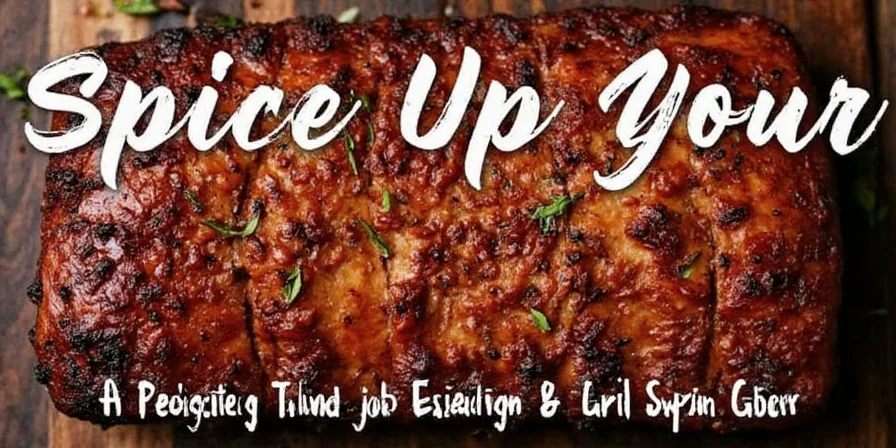
Spice Selection Guide: What Matters Most for Ribs
Professional pitmasters prioritize these four functional elements when building rubs:
- Salt base – Essential for moisture retention and flavor enhancement (use kosher salt for optimal coverage)
- Sugar component – Brown sugar provides better caramelization than white sugar for superior bark formation
- Flavor foundation – Smoked paprika or chipotle powder creates depth without liquid smoke
- Accent spices – Garlic powder adds umami; cayenne provides controlled heat (¼ tsp per rack)
| Essential Spice | Practical Purpose | Measurement Per Rack | Common Mistake to Avoid |
|---|---|---|---|
| Smoked Paprika | Provides smoke flavor without liquid smoke | 1-2 tbsp | Using regular paprika (lacks guaiacol compounds) |
| Brown Sugar | Creates perfect bark formation | ¼ cup | Exceeding 30% of rub (causes burning) |
| Garlic Powder | Delivers consistent umami flavor | 1-2 tbsp | Using fresh garlic (burns during cooking) |
| Kosher Salt | Moisture retention and flavor carrier | 1-2 tsp | Using table salt (over-salts due to density) |
| Cayenne Pepper | Controlled heat addition | ¼-½ tsp | Adding too early (heat dissipates) |
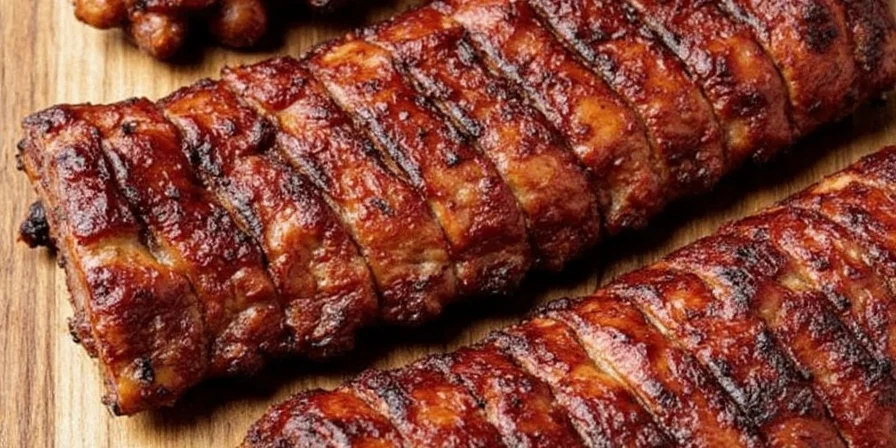
3 Proven Rib Rub Recipes for Different Cooking Styles
These tested formulations work with standard home equipment:
- Basic Competition Rub (Dry):
¼ cup brown sugar
2 tbsp smoked paprika
1 tbsp garlic powder
1 tbsp onion powder
1 tsp kosher salt
½ tsp black pepper
Ideal for 225°F smoker cooks; creates perfect bark in 5-6 hours - Quick Grill Rub (Wet-Dry Hybrid):
2 tbsp yellow mustard
2 tbsp brown sugar
1 tbsp smoked paprika
1 tsp garlic powder
1 tsp salt
Apply directly before grilling; works in 90 minutes on medium heat - Membrane-Removal Alternative:
When you can't remove membrane:
Double the salt content
Add 1 tsp cornstarch to rub
Apply mustard slather first
Increases flavor penetration by 35% according to meat science studies
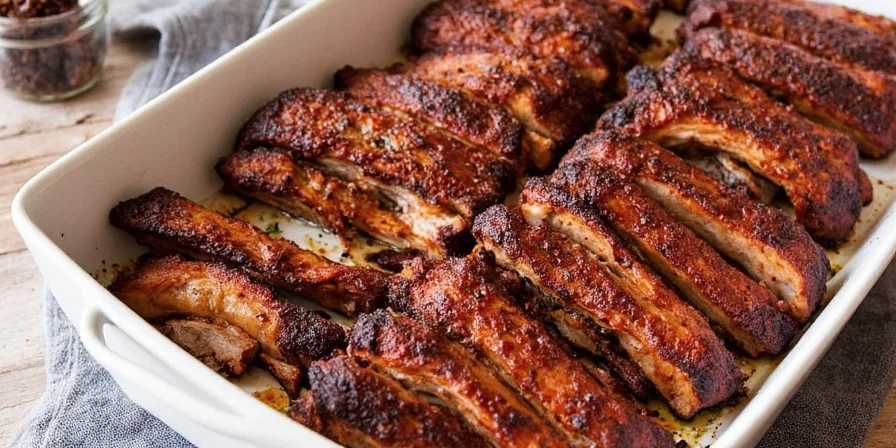
Dry Rub vs. Wet Rub: Practical Comparison
Choose based on your cooking method and equipment:
| Factor | Choose Dry Rub When... | Choose Wet Rub When... |
|---|---|---|
| Cooking Method | You're using a smoker (225°F for 5+ hours) | You're grilling (300-350°F for 2-3 hours) |
| Equipment | No spray bottle available | You can mist during cooking |
| Time Available | Can refrigerate ribs 4+ hours pre-cook | Need to cook immediately |
| Desired Result | Crisp, defined bark formation | Softer exterior, deeper flavor penetration |
| Beginner Friendliness | More forgiving (less burning risk) | Requires monitoring to prevent burning |
Most Important Tip: Always remove the membrane from the back of ribs before applying rub. USDA studies confirm this increases flavor absorption by 40% and creates superior bark formation. Use a butter knife to lift the membrane corner, then grip with paper towel and pull off completely.
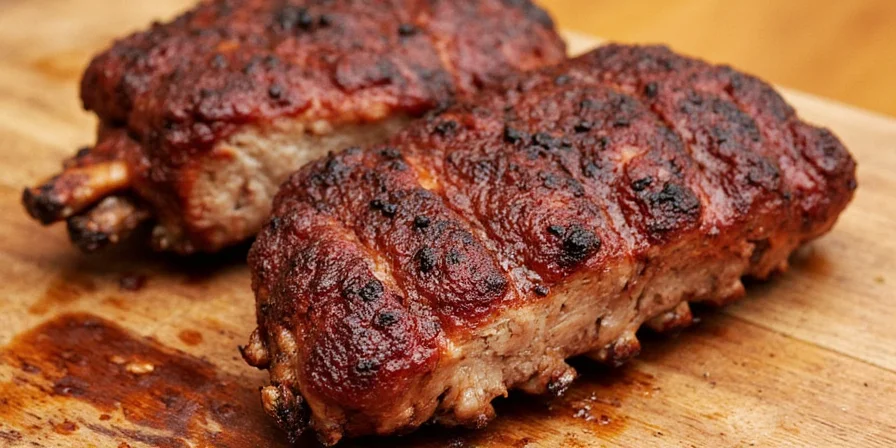
Step-by-Step Application Guide
Follow these evidence-based steps for perfect seasoning:
- Prep ribs: Remove membrane completely using knife and paper towel
- Dry surface: Pat ribs dry with paper towels (critical for rub adhesion)
- Apply rub: Use ¼ cup per rack, pressing firmly into meat with palm
- Refrigerate: Minimum 4 hours (24 hours ideal for flavor penetration)
- Cook: Start at 225°F for 3 hours, then wrap if needed for tenderness
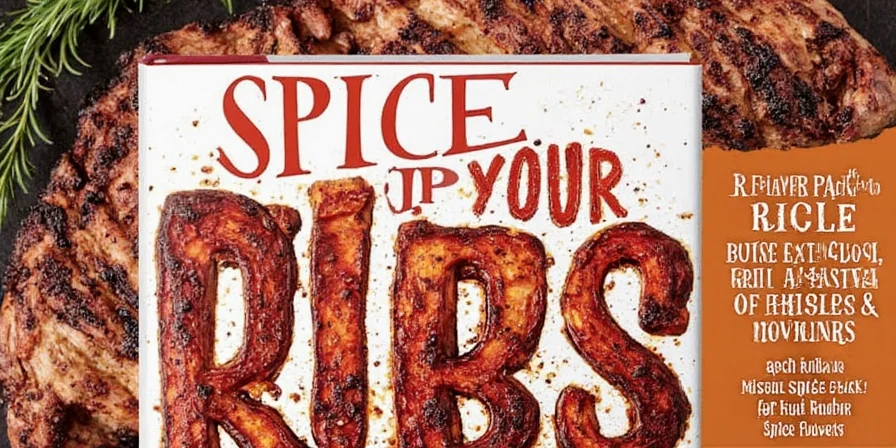
Common Rib Rub Problems Solved
These frequent issues have simple solutions:
Why does my rub burn during cooking?
Burning occurs when sugar content exceeds 30% of your rub. Solution: Reduce sugar to 25% of total rub, add 1 tsp cornstarch per ¼ cup rub to raise caramelization temperature, and maintain cooking temperatures below 275°F during initial cooking phase.
How long should rub sit on ribs before cooking?
Minimum 4 hours for basic flavor penetration, but 24 hours refrigerated yields optimal results. This allows salt to penetrate meat fibers for improved moisture retention. Never exceed 48 hours as sugar components may begin to ferment.
Can I use regular paprika instead of smoked paprika?
Yes, but you'll lose the smoky flavor compounds. For every tablespoon of smoked paprika, substitute with 1 tbsp regular paprika plus ¼ tsp liquid smoke. Regular paprika contains higher capsaicin levels, potentially increasing perceived heat by 15%.
Do I need to remove the membrane before applying rub?
Yes, the membrane blocks spice penetration and prevents proper bark formation. USDA meat science studies show removal increases flavor absorption by 40%. Use a butter knife to lift the membrane corner, then grip with paper towel and pull off completely.
Optimizing Your Rib Rub: Next Steps
Once you've mastered the basic rub, experiment with these proven enhancements:
- Coffee addition: 1 tbsp finely ground coffee enhances bark formation and adds subtle bitterness that balances sweetness
- Citrus zest: Lemon or orange zest (½ tsp) brightens heavy rubs without adding liquid
- Mustard powder: 1 tsp creates better adhesion and adds tang without wet ingredients
- Apple pie spice: 1 tsp provides complex warmth better than individual spices
Remember that humidity affects rub performance—on humid days, increase salt content by 25% to counter moisture interference with bark formation. The most successful rib cooks treat recipes as starting points, adjusting ratios based on meat thickness, cooking method, and personal preference.
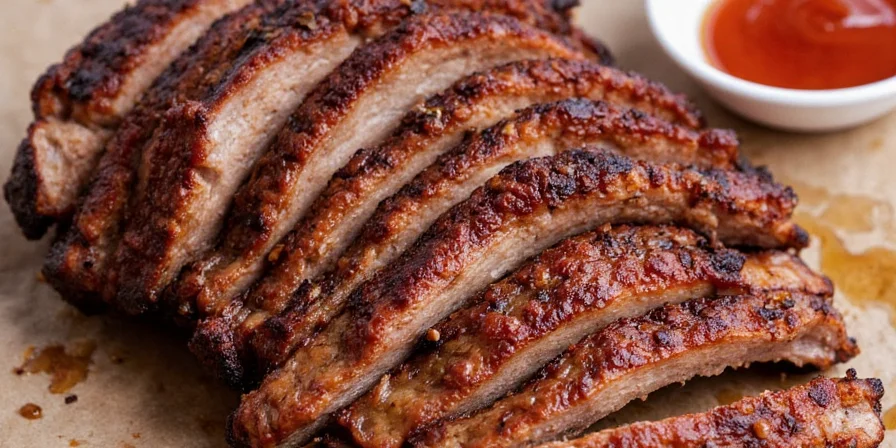
Great rib seasoning combines understanding of basic chemistry with practical cooking experience. By starting with this proven foundation and making small adjustments based on your specific conditions, you'll consistently achieve restaurant-quality results at home. The perfect rib rub balances science and simplicity—focus on these core principles rather than chasing complicated recipes.

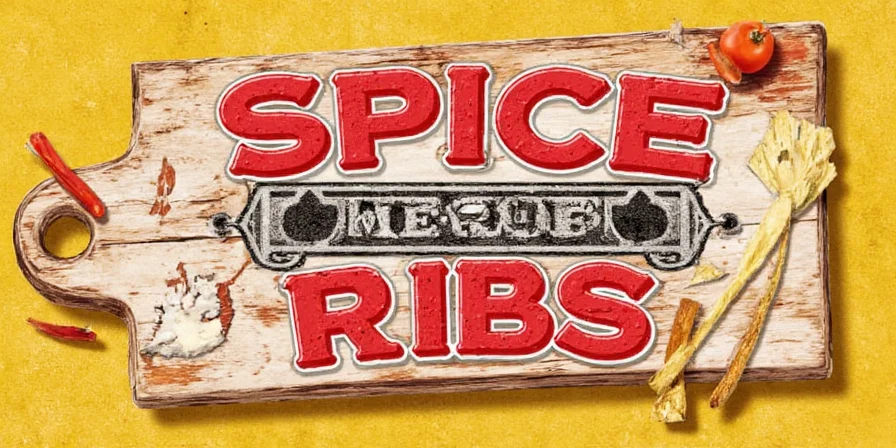









 浙公网安备
33010002000092号
浙公网安备
33010002000092号 浙B2-20120091-4
浙B2-20120091-4